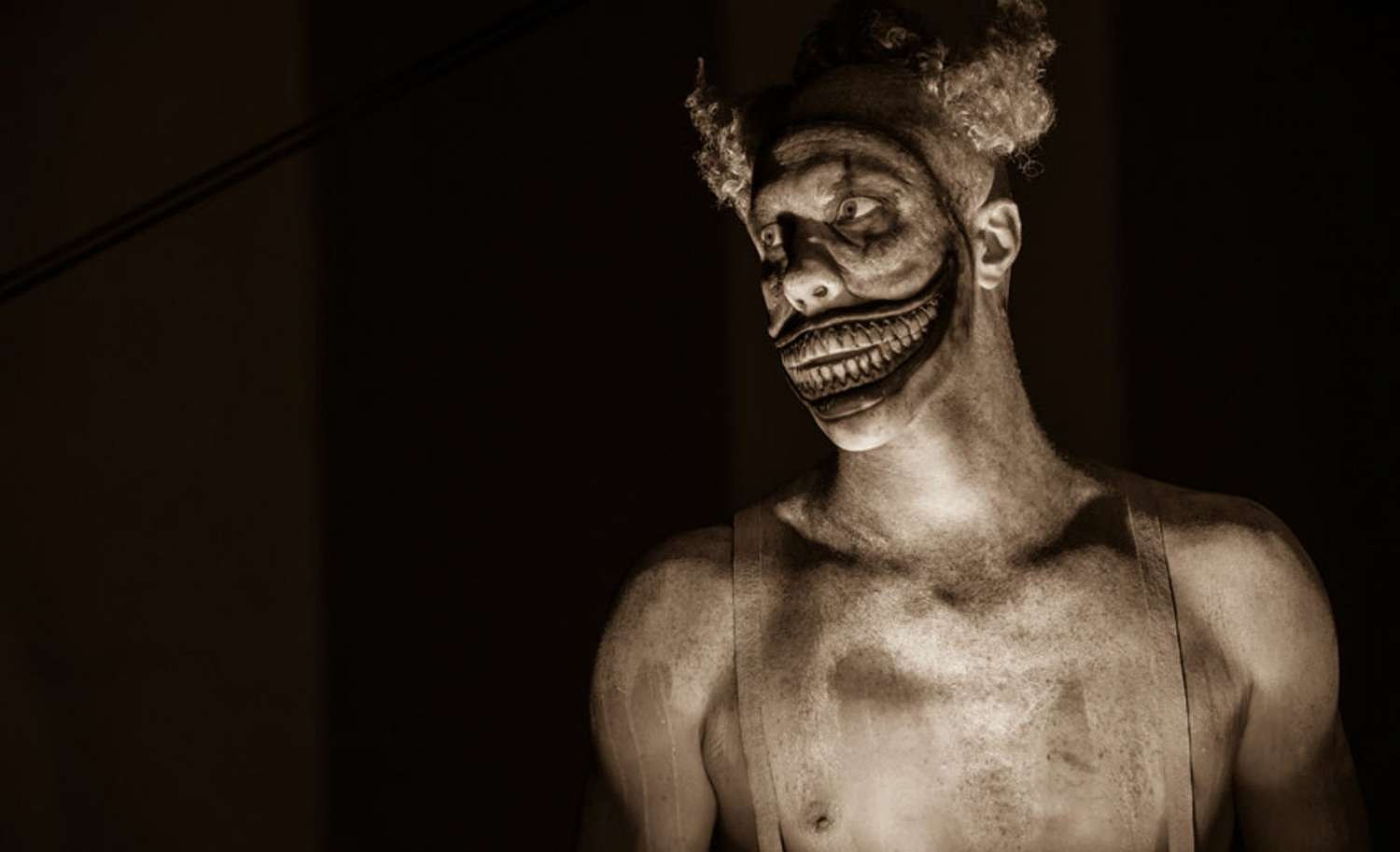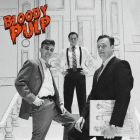The same way our country has a diverse and rich history, so do our most trivial holidays, including Halloween. It turns out Halloween has more to it than treats and pumpkins, involving ancient rites, spirits, the Roman Empire and two popes.
The most widely accepted theory for the origin of Halloween is the Celtic festival of Samhain (pronounced sow-in), celebrated on Nov. 1. This festival represented the end of the ancient Celtic calendar, signifying the end of the bountiful summer and beginning of the dark winter. Celts believed that on that day, the veil between worlds was thinner and the dead could come back to haunt the living, make them sick, or destroy their crops. To appease them, but also harness their powers, druids would dress up with animal heads and skins and start giant bonfires. Sacrifices were made to the gods in exchange for omens on the starting year.
By early A.D., most Celtic territories were conquered by the Roman Empire, which would hold them for almost four centuries. In that period, cultures started mixing and Samhain was mixed with two Roman holidays: The celebrations to Pomona, the goddess of fruits and trees, and Ferelia day in October, where Romans remembered their lost ones.
By the fourth century, Christianity started spreading among the Celts. In 609 A.D., Pope Boniface IV created a day to honor Christian martyrs, All Martyrs’ Day. Pope Gregory III later expanded this day as a celebration of all saints and martyrs and moved it to Nov. 1. Nov. 2 would become All Souls’ Day by 1000 A.D. All Souls’ Day was a day to honor the dead and was celebrated in the same way Samhain was with bonfires, feasts and costumes. All Saints’ Day would also come to be known as All-Hallows and the night preceding it, Oct. 31, All- Hallows’ Eve, eventually became Halloween.
The practice was later brought to the new world by Irish and English immigrants, successors of the Celtic tradition. However, in comparison to its long history, Halloween only took its modern form sometime in the late 1930s. During that time period, trick-or-tricking started spreading in the U.S. Records show that children had to explain to adults the nature of this practice, which ended up being accepted as the social construct we know today.
The practice could have possibly been inspired by the medieval tradition of “souling.” During All Saints’ Day, poor people would beg for sweets and food that a family gave to them in exchange for prayers for their deceased ones the next day, All Souls’ Day. However, to this day, no real proof of the relationship between souling and trick-or- treating has been found.
On Oct. 31, the second most lucrative holiday of the year will be celebrated in countries like Ireland, the U.S., Canada, Puerto Rico, the U.K., Australia and New Zealand. Even though its current form is far from what it was intended to be, it still is a time of celebration and joy before the dark winter. So regardless of your reason for celebrating Halloween, whether as an homage to the history behind the holiday, for the candies, spending time with friends and family, or even if you do not celebrate it at all: Happy Halloween.




